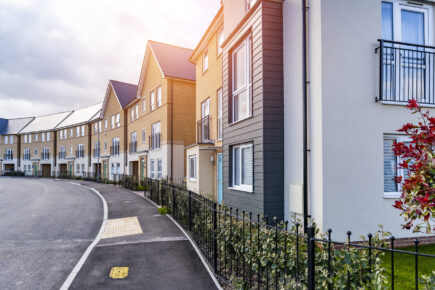Knowledge Hub

Latest Insights
9 July 2025
| 2 min read
7 July 2025
| 5 min read
3 July 2025
| 4 min read
2 July 2025
| 4 min read
30 June 2025
| 3 min read
Date: 31 July 2025 (8:30am – 9:30am)
Featured Expert

Simon Deans
Senior Partner
Corporate and commercial expert Simon Deans became senior partner of the firm in 2017 having worked at B P Collins for over twenty years and having led the corporate and…
Insights related to Simon
7 July 2025
| 5 min read
21 May 2025
| 4 min read















